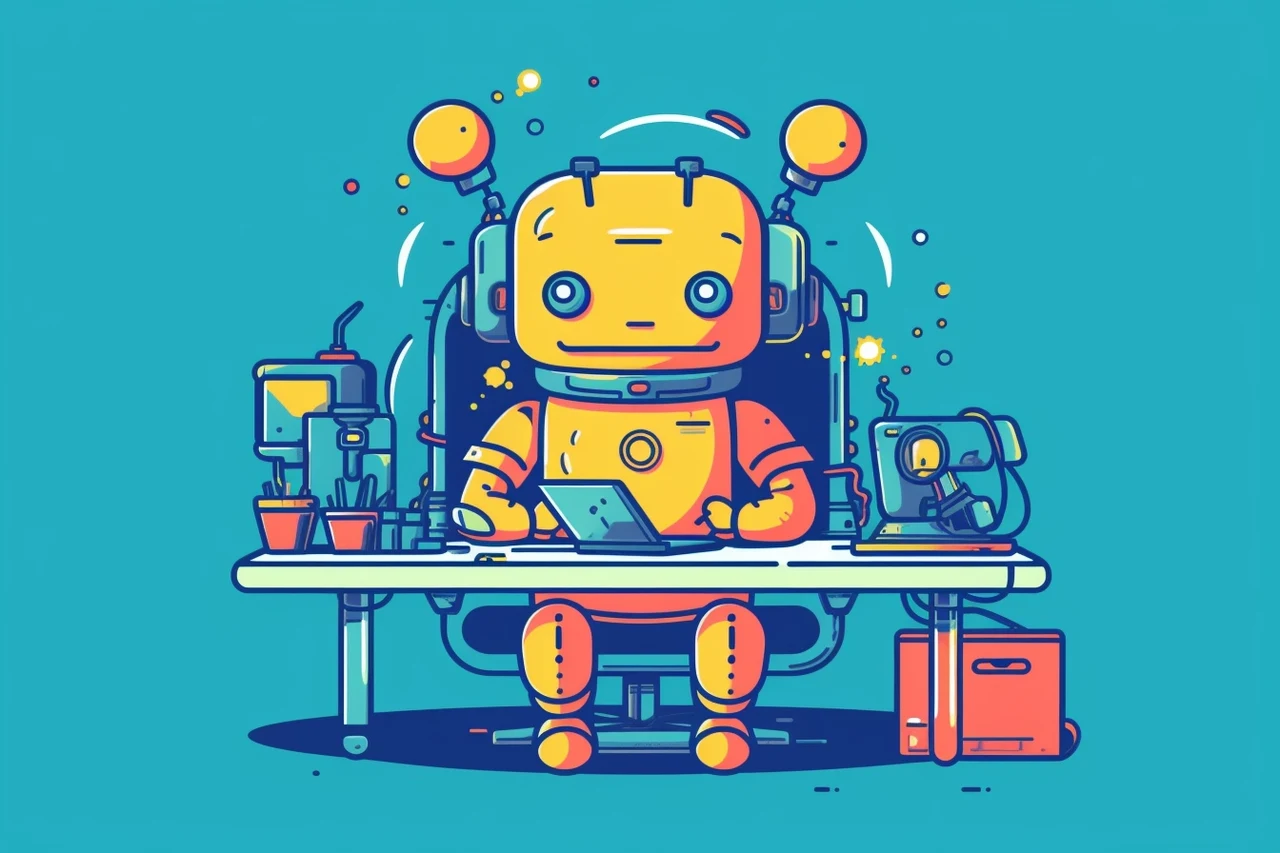The idea of a computer that is capable of thinking and acting on its own is no longer a distant dream. thanks to this unique demonstration created using ChatGPT vision. Artificial intelligence (AI) has brought us to the brink of a new era where machines can perform tasks without human intervention.
Self-Operating Computer Framework – A framework to enable multimodal models to operate a computer. Using the same inputs and outputs of a human operator, the AI model views the screen using ChatGPT Vision and decides on a series of mouse and keyboard actions to reach an objective.
It is worth mentioning that at the current time GPT-4 Visions error rate in estimating XY mouse click locations is currently quite high. However this framework aims to track the progress of multimodal models over time, aspiring to achieve human-level performance in computer operation.
Control your PC using AI
This fascinating development is not just for tech experts; it’s something that anyone with a bit of technical know-how can explore and even set up themselves. Thanks to the recent rollout by OpenAI of its new ChatGPT creation service that enables anyone to create customized AI models without writing a single line of code in just a few minutes. For more information on how to create custom GPT AI models jump over to our previous article
Here are some other articles you may find of interest on the subject of AI automation :
Self-Operating Computer Framework
At the heart of this demonstration is AI, that is been used to enables machines to mimic human-like thinking. AI systems are designed to process visual data, make sense of complex information, and take action all by themselves. When integrated into a computer, AI transforms it into an independent operator, capable of starting up applications and browsing the web without a person’s input.
If you’re intrigued and want to experience this firsthand, you can create your own AI-driven computer. Begin by visiting GitHub, a platform where developers share their work. Look for a project by Other Side AI and use it as your starting point. The next step is to set up a Python environment on your computer. Python is a popular programming language in AI development because it’s powerful yet approachable. Once you’ve got Python up and running, activate it and install the necessary components for the AI to function.
- Compatibility: Designed for various multimodal models.
- Integration: Currently integrated with GPT-4v as the default model.
- Future Plans: Support for additional models.this
Before the AI can take the reins, you’ll need to tweak some settings. Adjust the environment variables so your computer knows where to find the AI’s files. Then, change your system’s permissions to allow the AI to interact with your operating system. This lets it perform tasks like opening files and running other software.
Now comes the exciting part: watching the AI in action. You’ll see it navigate your computer’s interface, recognizing icons and menus by sight. It can simulate mouse clicks and keystrokes to open applications and browse the internet. The AI’s ability to search online is particularly impressive, showing its skill in finding and processing web-based information.
The benefits of letting AI have complete control of your PC
- Automation of Repetitive Tasks: AI can automate tasks that are repetitive or routine. For instance, it could manage email sorting, automate data entry, or handle file organization based on visual cues and learned patterns.
- Enhanced Accessibility: For individuals with disabilities, an AI with screen-reading capabilities could greatly improve computer accessibility. It could interpret visual information and convey it in alternative formats, like audio or simplified visuals, aiding users with visual impairments.
- Efficient Troubleshooting and Support: In IT support and troubleshooting, AI could visually identify issues on the screen, guide users through fixes, or even resolve problems autonomously, thereby improving efficiency and reducing downtime.
- Learning and Adaptation: An AI system can learn from the user’s behavior, preferences, and frequent tasks. Over time, it could adapt to optimize workflows, suggest shortcuts, or reorganize interfaces to suit the user’s habits.
- Real-Time Translation and Assistance: For users interacting with content in foreign languages, the AI could provide real-time translation. It could also offer context-sensitive help in applications, improving user experience and productivity.
- Enhanced Security and Monitoring: With the ability to continuously monitor the screen, AI could detect suspicious activities, like phishing attempts or unauthorized access, and alert users or take preventive actions.
- Integration with Other AI Services: The AI could interface with other AI tools like language models, predictive analytics, and more, providing a seamless integration of various AI capabilities for a more comprehensive user experience.
Privacy and security concerns
Granting an AI system full control of a computer, combined with the ability to visually interpret the screen, can bring several benefits, especially in areas requiring automation, accessibility, and enhanced user interaction:
While the capabilities of AI-driven computers are exciting, they also raise important questions. What does it mean to give AI this level of control? Are there risks to our security or privacy? As you explore what your self-operating computer can do, it’s important to consider these issues. Understanding both the power and the potential risks of AI is essential as we begin to incorporate these systems into our daily lives.
The rise of self-operating computer systems steered by AI is a significant milestone in tech innovation. By following the steps outlined, you can set up your own system and discover its capabilities. As AI technology continues to advance, it’s crucial to stay informed about its impact, ensuring that we integrate it into our lives thoughtfully and responsibly. For Quickstart instructions jump over to the official GitHub repository.
Filed Under: Guides, Top News
Latest aboutworldnews Deals
Disclosure: Some of our articles include affiliate links. If you buy something through one of these links, aboutworldnews may earn an affiliate commission. Learn about our Disclosure Policy.







